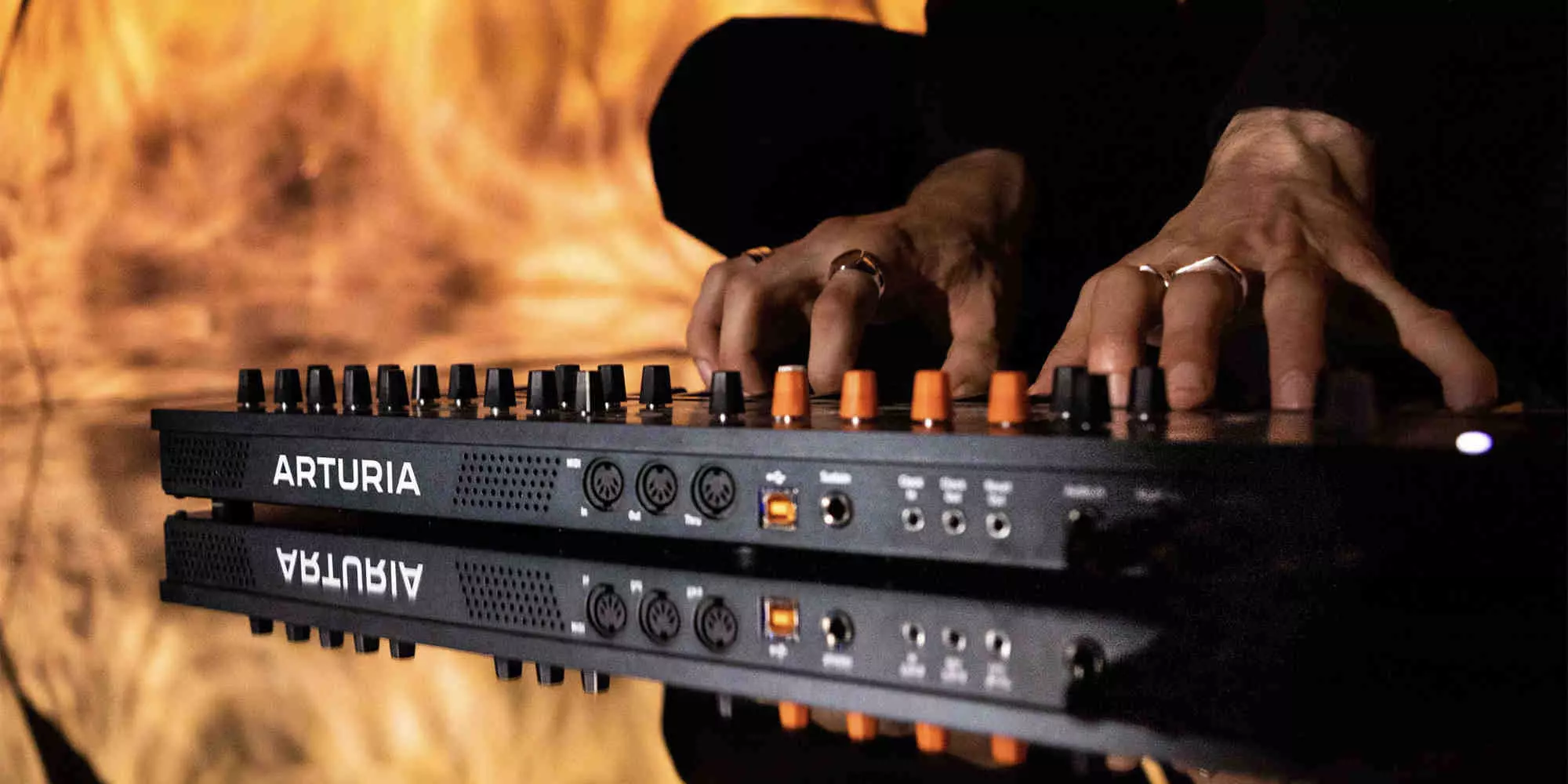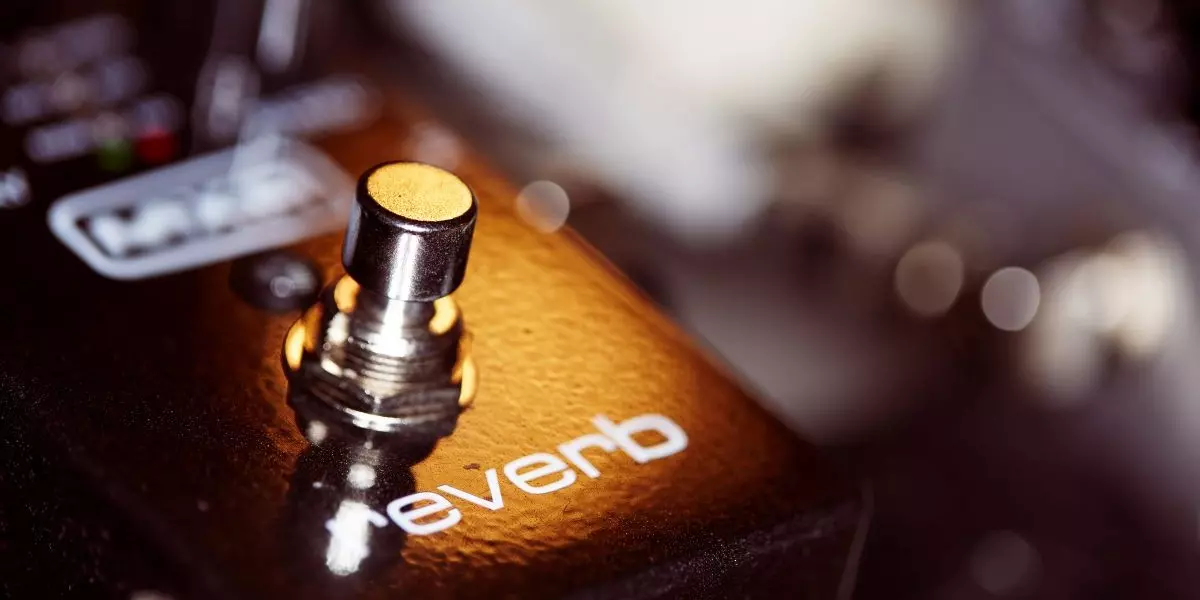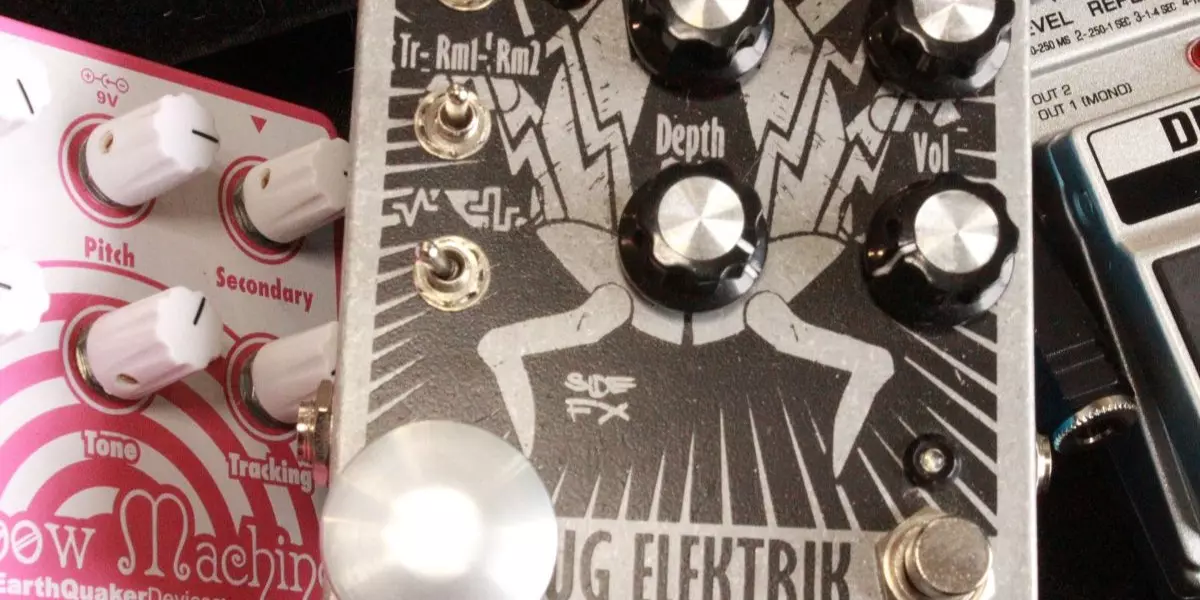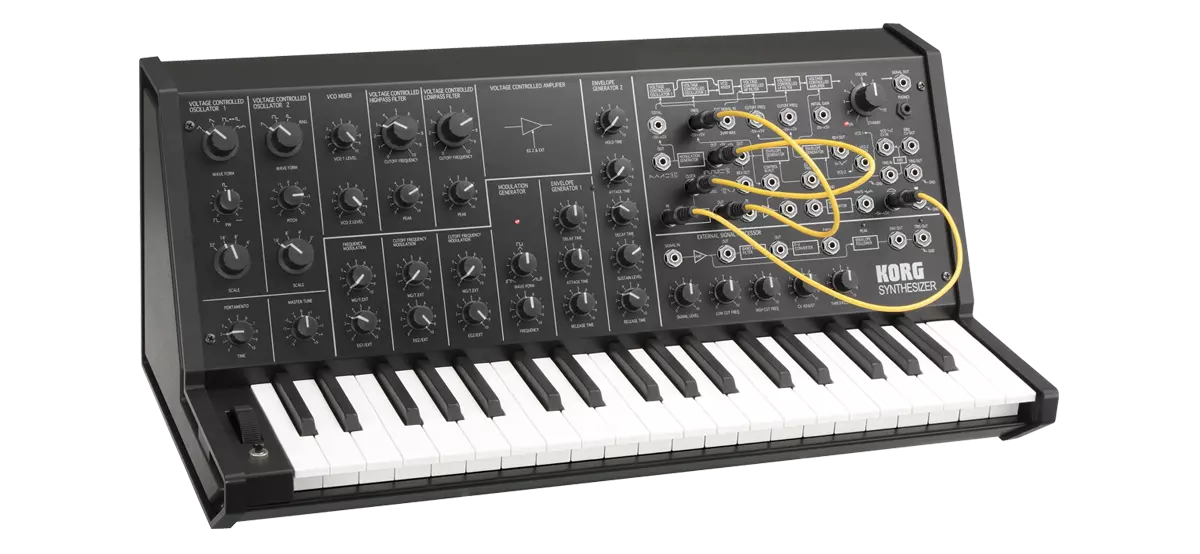So You Want to Buy a Synthesizer?

At first glance, a synthesizer can be overwhelming; there are tons of knobs and switches, some terminology you don't understand, and multiple menus on a small screen. In this article, we'll look at the different types of synthesizers and their key differences. We'll also be talking about some other points, such as cost and individual needs.
What is a Synthesizer?
The definition of a synthesizer is "an electronic musical instrument that generates audio signals". These signals, or waveforms, can be generated through analog circuits or through digital signal processing (DSP) to form sounds. Synths can have a conventional keyboard ranging up to 88 keys like a piano, or they can be a desktop module, which houses just the circuitry of the synth; modules can have a built-in pseudo-keyboard, or they can be controlled with an external keyboard, like a MIDI controller.
Synthesizer Types
Within the analog and digital realms, there are three subtypes of synthesizer that dictate how sounds are formed:
- additive, where you build a sound from scratch by combining waveforms from a wavetable
- subtractive, where you use filters and modulation to shape sounds
- frequency modulation, or FM, which uses blocks called operators to manipulate waveforms
For the purpose of this article, we'll be focusing on subtractive synths, since the majority of analog and digital synths are made in this manner, and are the more accessible option when learning a synth's ins and outs; additive/wavetable synths and FM synths are more advanced,so knowing the basics here will be helpful if you decide to learn about them!
Synthesizer Signal Flow
Let's start with getting the audio signal from point A to point B. When a key is pressed, signal flows through four stages, which together make up a synth's voice:
- The Oscillator - sometimes abbreviated as VCO/DCO (voltage-controlled/digitally-controlled) -generates sine, sawtooth, triangle, and square waveforms, combinations of those waveforms, and sometimes different kinds of noise. A synth can have one or several oscillators; the more oscillators you have access to, the more complex a sound you can craft. Oscillators can be tuned in unison, to different octave ranges, or to different notes.
- Filters shape the character, or timbre, of the sounds generated by the oscillator by filtering out a waveform's harmonic content. If you're familiar with a graphic equalizer, a filter behaves similarly by selectively removing those harmonics at a set cutoff; high-pass filters take out harmonics below the cutoff, low-pass filters take out harmonics above the cutoff, and band-pass filters combine the two. The resonance can be set as well, which accents certain harmonics at a set point. Like oscillators, they can be voltage- or digitally-controlled (VCF/DCF).
- Envelope Generators (EG) further shape a sound by telling certain functions how to behave when the key is pressed. They have four states, abbreviated as ADSR:
- Attack: the time it takes for the envelope to open when the key is pressed
- Decay: the time between the attack and the sustain
- Sustain: the maximum state of the envelope
- Release: the time it takes for the envelope to close after the key is released
Envelope generators linked to a filter will sweep through the harmonics, similar to a wah-wah pedal, while envelopes linked to the amplifier will produce varying volume sweeps. You can set an envelope generator's amount, or how subtle/drastic the effect has on the signal, as well as the polarity, or direction of the envelope.
- Amplifiers (VCA/DCA) are the last stage before the sound goes out. This is where the sound is amplified loud enough to be sent to a mixer, a speaker, or headphones.
There are other parallel functions in the signal path that further manipulate the sound, including (but not limited to):
- the LFO, or low-frequency oscillator, a function that can change an assigned parameter (eg. pitch) at a constant rate and depth
- Pitch Bend and Modulation (mod) wheels, which shift the sound's pitch in a given range, and add modulation to filters/pitch/volume, respectively
- Sequencers and arpeggiators, which allow you to play a pre-programmed sequence of notes, or play a repeating group of notes.
One Synth, Many Voices
Now that we know how sound gets made, let's talk about polyphony.
As described above, a synth's voice is the path from the oscillator to the amplifier; the more voices a synth has, the more ability you have to make chords and other sounds that make full use of the synth.
Monophonic has one voice and, therefore, one signal path. Monosynths can have more than one oscillator, but both are triggered with each key press; if you press another key while the other is still pressed, or if the sound is still ringing out, the new note will replace it. The Korg MS20 MINI (sku 388069, $799.99) is an example of a monosynth.
Paraphonic synths expand on monosynths by giving you the ability to play two notes, effectively triggering multiple oscillators with each key press. However, there's still only one voice, so you are still limited to that path. The Moog Subsequent 37 (510355 , $2799) is an example of a paraphonic synth.
Polyphonic synths, the most versatile, and the most common type, allow you to build more complex sounds. Again, more voices = more signal paths. For example, a 16-voice synth has 16 signal paths, and all of a synth's oscillators have access to those paths. The majority of synths on the market are designed this way, although you do have options to build patches that are mono- or paraphonic. The Oberheim OB-X8 (772045, $6749) is an example of a polysynth, with eight voices.
Analog Versus Digital
Inevitably, questions arise: Is analog better? Is digital better? The answer to that is subjective. Both worlds have a lot to offer, but it's better to look at that question as it pertains to your individual needs, and your budget. Certainly, analog synths have a warmth to their sound that remains desirable to many musicians, but because of their complex circuitry, they are generally more expensive and can take up more space. The Sequential Prophet series is a good example of this; the 5-voice model (740469, $4859) takes up a good amount of space.
That's where digital takes up the mantle with analog modeling. These digitally-controlled synths retain the warmth of an analog synth, but with more condensed wiring for the analog components (printed circuit boards) and DSP that allows for more features, like more polyphony, that takes up less real estate and therefore cost less. Arturia's Freak synths are a perfect example; the Micro Freak (704692 , $479.99) and Mini Freak (778669, $849.99), are excellent digital synths that model analog sounds, and they have extra features like digitally controlled oscillators that produce sounds outside of the conventional waveforms.
Software Editors and Plugins
As a bonus, synths don't always have to be used as standalone instruments. It's becoming the norm to have functionality that goes beyond the keyboard and module, integrating computer-based software into the workflow; these software editors are installed on your computer and connected via USB to your synth, making it easier to access features that might be tricky to do on a synth's small screen.
Some synths can also be purchased in plugin form for use in digital audio workstations, but those are essentially digital synths in their own right. A great example of this is Universal Audio’s software version of the Moog MiniMoog download (783975, $139).
So to Sum Up…
When it comes to synths, it can get complicated; but as long as you remember that the majority of them function the same way fundamentally, you have a ton of options to consider. There is a synth out there at every price point, and you can learn what they do and how they make the sounds that have been part of the music that we love for the past 50 years.
Omar Findlay is a Toronto-based musician and producer who has been with Long & McQuade since 2012, having worked at several stores in the Greater Toronto area, including L&M Pro. Well-versed in many aspects of music and recording, he displays this knowledge through his music project Planetary, and with other bands/artists. You can find Omar on Instagram at @ohmzaudio, and you can listen to Planetary on Bandcamp.










